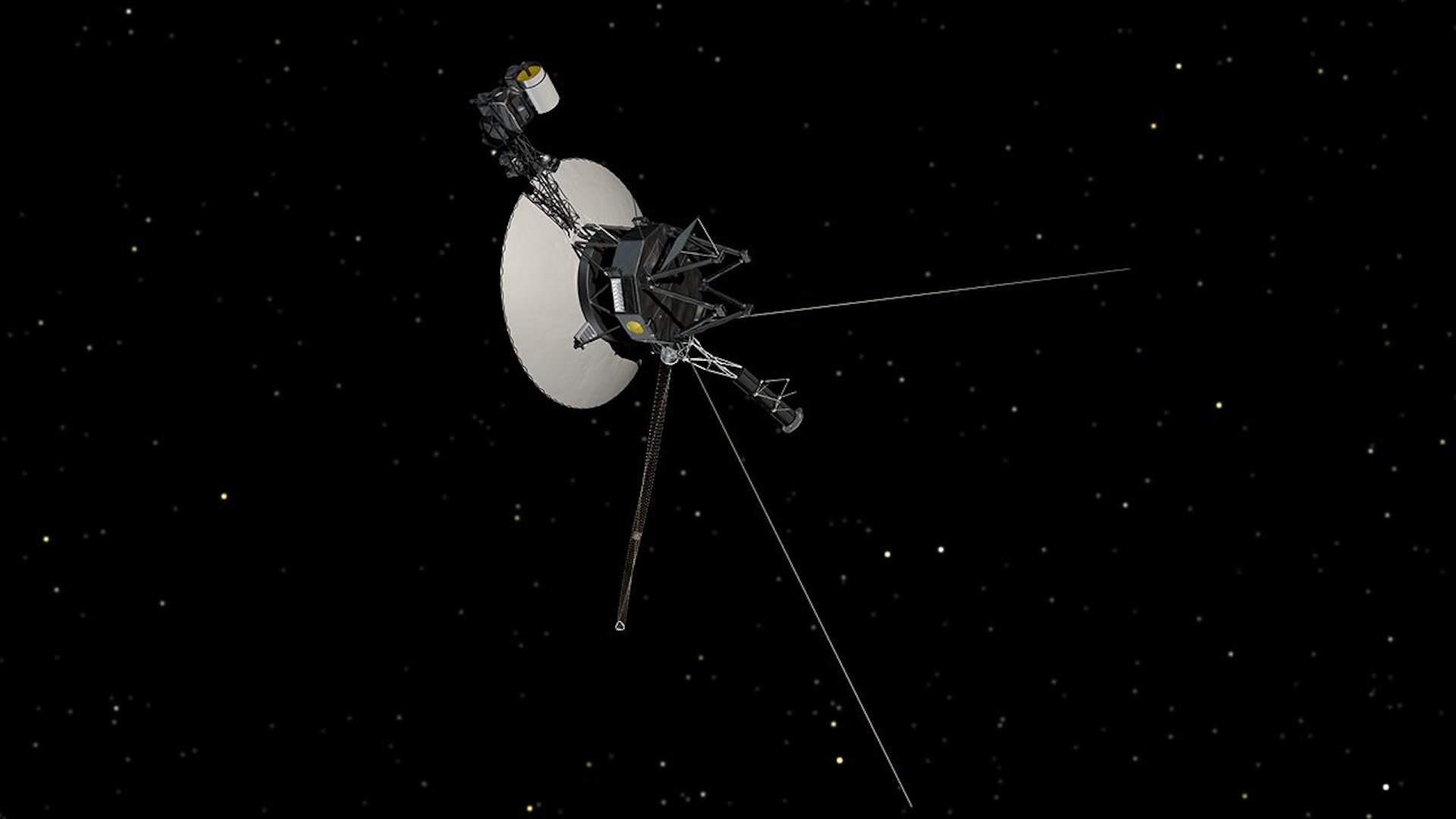Processes, Vol. 11, Pages 964: Quantitative Interpretation Model of Interwell Tracer for Fracture-Cavity Reservoir Based on Fracture-Cavity Configuration
Processes doi: 10.3390/pr11030964
Authors: Cheng Jing Qiong Duan Guangshun Han Jianfeng Nie Lu Li Mingxu Ge
The fracture-cavity combination structure between wells in fracture-cavity reservoirs is complex and changeable. Reliably identifying and quantitatively characterizing the fracture-cavity combination structure between wells has become an important prerequisite for flow channel adjustment in fracture-cavity reservoirs after water channeling and flooding. Aiming at the problems that it is difficult for the existing carving technology to characterize the flow characteristics of the injected fluid in the interwell fracture-cavity composite structure during the production process, and it is difficult for the existing interwell tracer proxy model to consider the specific fracture-cavity composite structure, this paper proposes a quantitative interpretation model for interwell tracers in fracture-cavity reservoirs with different architectures. Taking the Tahe fracture-cavity reservoir as the object, the matching relationship between the interwell fracture-cavity structure and the tracer curve was analyzed, and the tracer curve characteristics of five types of fracture-cavity structures were clarified. Considering the basic idea of tracing, a unified quantitative interpretation model of tracers under different fracture-cavity configurations based on branched flow channels and karst caves was deduced and established, and the input parameters required to apply the model, the parameters obtained directly by fitting, and further expandable calculated parameters were clarified. The interpretation model was used to fit, quantitatively interpret, and verify the reliability of the tracer curves of three wells in group TK411 of fracture-cavity unit S48 in the fourth area of Tahe Oilfield. The results show that the tracer curve fitting effect of each well was good, and the average relative error between the total flow rate explained by the tracer and the daily water production during the tracer monitoring period in the mine was only 3.02%, which effectively shows that the applicability and reliability of the quantitative interpretation model are established. The research results provide an effective way to apply tracer data in deep mining while improving the quantitative characterization ability of interwell tracer monitoring in fracture-cavity reservoirs.

 1 year ago
48
1 year ago
48


